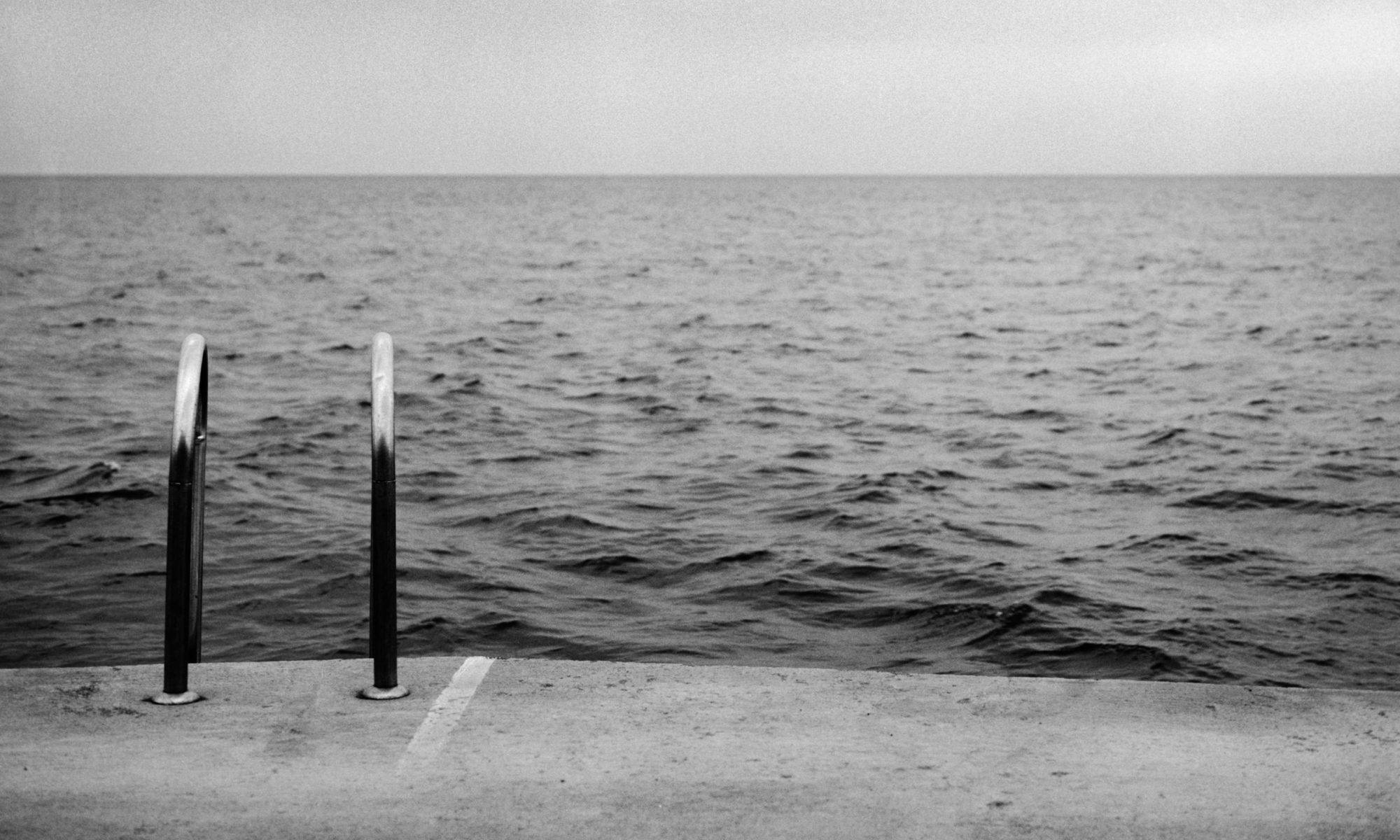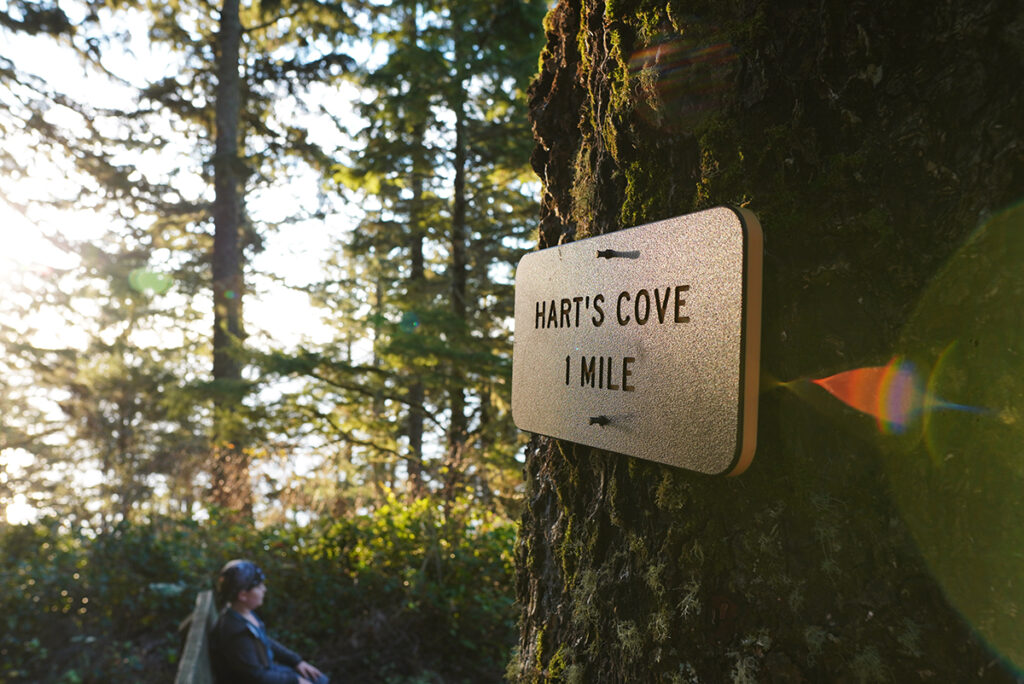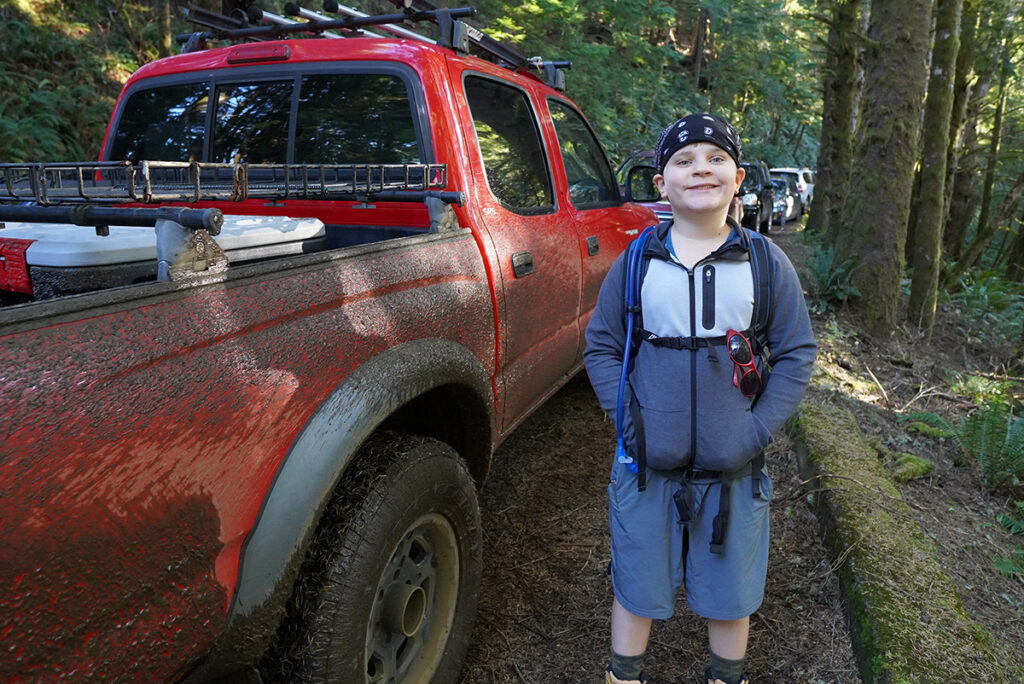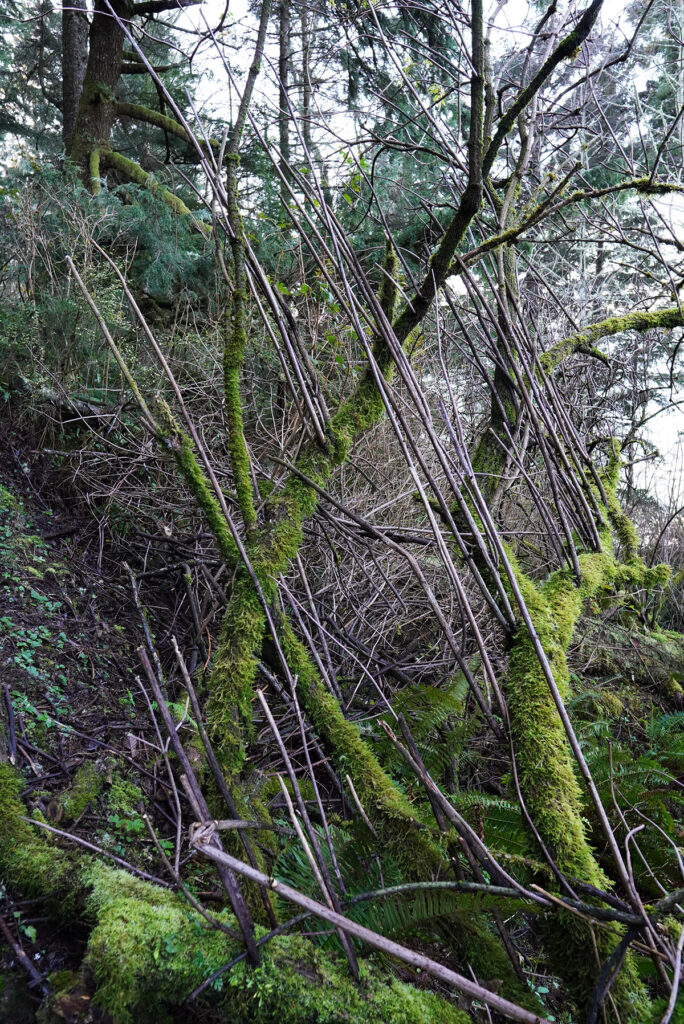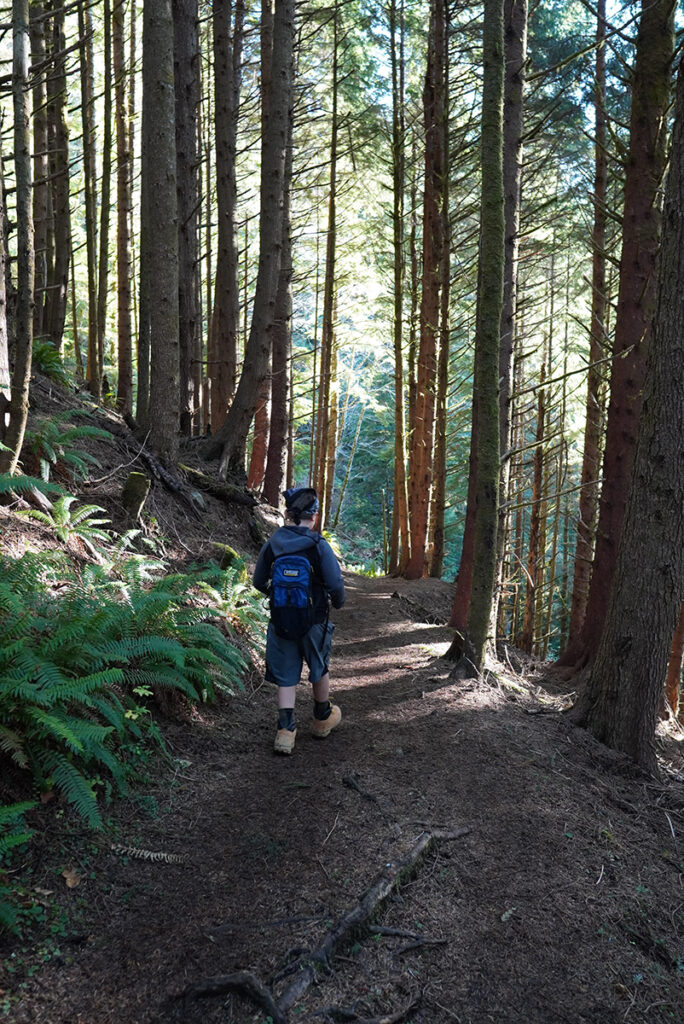A recent podcast discovery came as the result of Outside Magazine’s successful harvest of my contact information. Automation sent me Desert Oracle Is a Spooky Look at the Southwest. I took the click bait, read the article, and downloaded the podcast. Immediate entertainment. Sometimes marketing spam gets it right.

Ken Layne is the creator of Desert Oracle. Inspired by his homeland near Joshua Tree where “Two distinct desert ecosystems, the Mojave and the Colorado, come together in Joshua Tree National Park. A fascinating variety of plants and animals make their homes in a land sculpted by strong winds and occasional torrents of rain. Dark night skies, a rich cultural history, and surreal geologic features add to the wonder of this vast wilderness in southern California.” – National Park Service
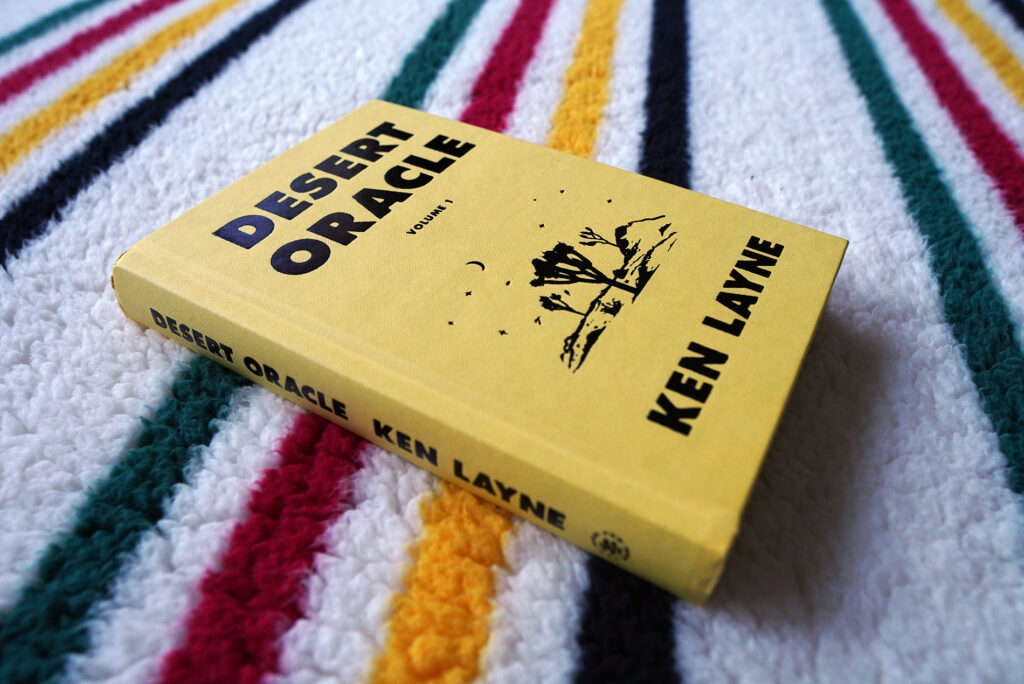
Layne’s implementation of sound that appear to be one-layer of background music. His writing and voice add much to the tantalizing broadcasts; narration is infused with humor and wit. Layne has a unique tone and well-paced cadence. Oracle is intermixed with live interviews, other tidbits scientific relevance and historical obscurity. Guests include conservation scientists, park rangers and the like. It is low budget audio gold. I love it, love it.
Outside notes “Even the ghost stories that fill Desert Oracle’s pages and soundbites serve a greater purpose: saving the desert. ‘The mission of Desert Oracle is desert and wilderness conservation,’ He often sneaks the conservation messages into his show and his publications”. – Outside
Oracle provokes daydreams of the intangible. It’s been along year… This essay began with a photo; I was compelled to share stuff that I shouldn’t be allowing myself considering the many real-world issues that need TLC. What gives Desert Oracle its redeeming and endearing lifeforce? Layne merges escapism (perhaps… ) with topics such as conservation, the effects of climate change, and the creatures he is observing in the public lands surrounding him.
Like other blogging projects this one got me thinking. Why am I fascinated with the obscure? When did become entangled with contemplating life’s meaning? I’m kind of stuck on the fence and have been longer than I care to admit; the end game is uncertain in my mind. Anxiety, uncertainty – creeping into my personal narrative. These stories broadcast from the high desert sooth and distract if you let them. Yet, there is a theme of disruption calling for action from the upside down. Only the campfire is missing.
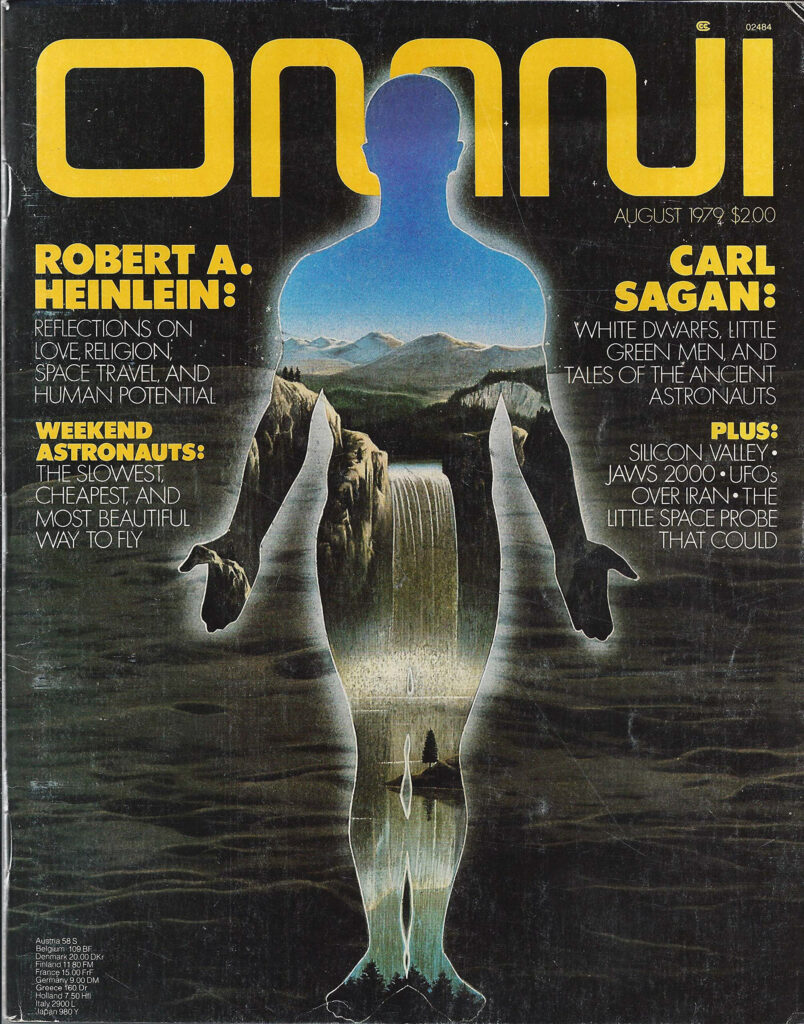
I have seen strange objects in the sky. My father was stationed at Beale Air Force Base. He was a hydraulic systems mechanic on the SR-71 Blackbird. A well know flying object. Flybys over our neighborhood were impressive. Officially retired in 1990, Black Mamba still retains its mystique; seeing this craft in the sky and even on the museum floor provides a shot of awe. It’s a distinct and unique shape. Might it have been mistaken for a UFO at some point? High probability. Desert Oracle’s Season 1/Episode 11 – Those Sinister Black Triangles – Layne says triangles appear as early as the 70s. Unlikely that the SR-71 is responsible for the bulk of these cosmic events. Seems more likely to be the classic triangular shape of stealth technology. Space.com says “the trend of open deployment of flying triangles is not consistent with secret operation of an advanced DoD aircraft”. Looks like a dead end for my purposes. Black triangles. There is more to it. More complexity. More nuance. Layne’s gift is keeping you at the campfire long into the night with Desert Oracle.
My own exposure to God and his Son begins with fuzzy recollections of 1979 in Marysville, CA. Life and times of youth and danger especially during the years that my father was getting his bachelor degree in theology. This section of my adolescence included our family visiting various churches as he looked for a place of fellowship: the Pentecostal church near our home blasted instrumental Christian rock performances alongside churchgoers speaking in tongues. Once, in this setting, a vivid movie of the second coming; the show graphically detailed the ramifications for non-believing. Hell had an ominous look and feel.
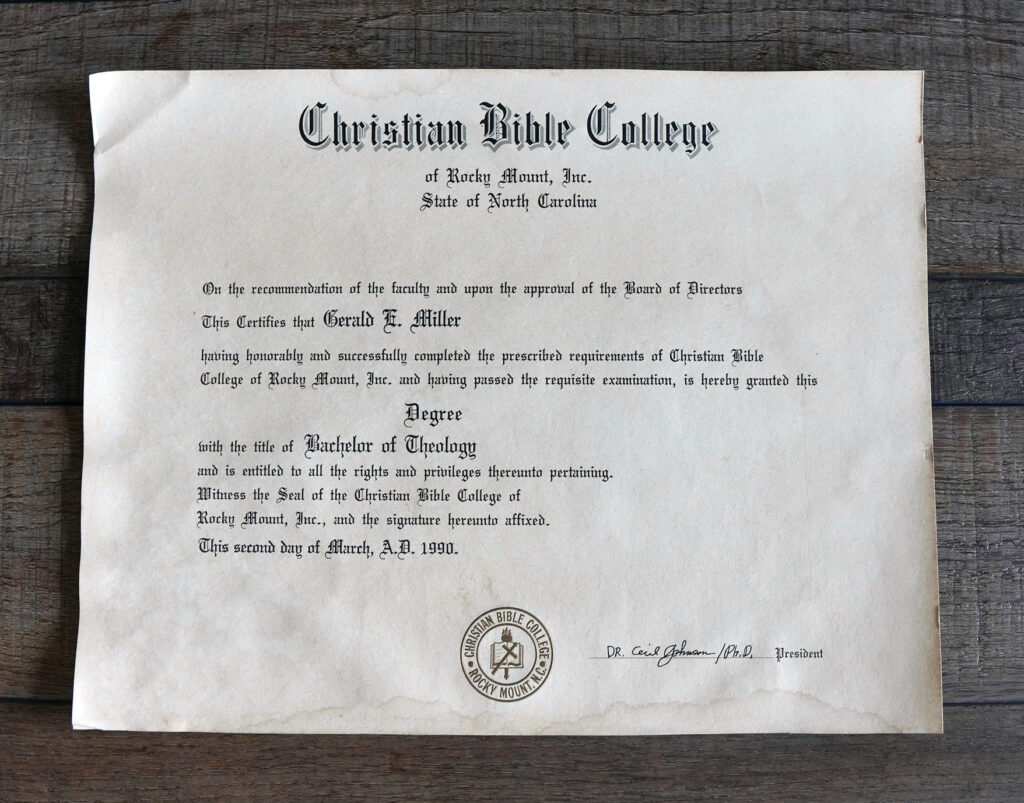
Around seven, after a summer at Dad’s, my mom recalls running to my room to wake me from a nightmare. This event would cause her to snatch my Kiss album from the collection of few titles; the flamboyant musicians had made a gust appearance in my dreamscape. The summer parent swap resulted in fear and loathing for my mom. Her son discovered he might burn in hell or miss the rapture. Experiences during this time were not limited to church. My Dad had a fascination with the supernatural. Issues of Omni magazine on the coffee table. Graphic recollections of very scary themes at our local drive-in. I don’t think my parents grasped the idea of age-appropriate content and the impact it might have on their children’s psyche.
During his search for meaning, we listened to cassette tapes of fundamental icons of the era such as Dr. Walter Martin “godfather of the anti-cult movement” founder of the Christian Research Institute. My father carefully explored the Apocrypha with the acknowledgment of risk. One might be exposing themselves to influence of Satan. It was not taken lightly at the time. I recall his sensitivity that we might all be in danger of demonic possession. Some years later he decided that an all-access pass was ultimately the result of “faith” not “works”. He succeeded in getting his degree and we no longer experimented in finding fellowship at our local organized houses of worship.
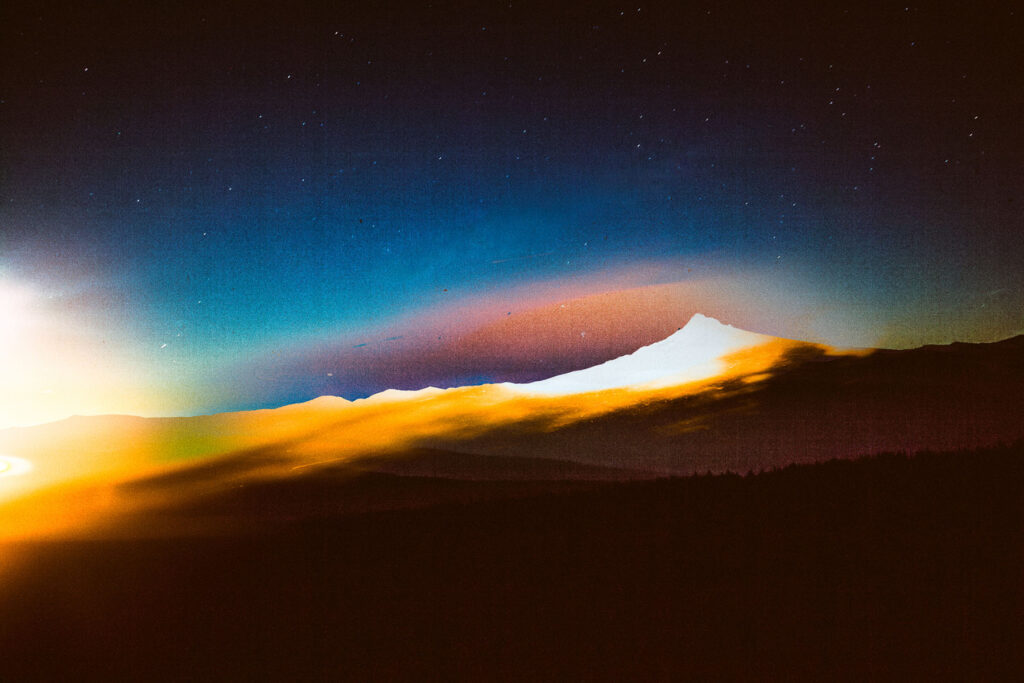
Advanced discussions of God would come later when I was pursuing my own BA in psychology at UC Davis. It was a period of mostly healthy tension between us. I was learning from a “secular” institution, however, and he had some reservations about the content that was filling my thirst for knowledge. Not long after arriving in Davis – 1993 – pop culture birthed the X-Files. Art Bell’s Coast to Coast Am was at its apex in 1997. Other titles from the post VHS era included Alex Jones’s infiltration documentary of Bohemian Grove. It was a plentiful time for seekers curious about the counter-occult revival of that era. I had the opportunity to take Charles Tart’s upper division psychology class Transpersonal Psychology after attending his widely popular lower division entertainer, Altered States of Consciousness. My time in Davis was a gourd of intellectual and spiritual plenty. It included some crash and burn, as well. Recollection of my father’s quest and these collegiate experiences feel appropriately juxtaposed to the discovery of Desert Oracle.
The Podcast’s is both escapist and learning tool with a fresh twist on the genre. Oracle seems to be without much if any advertising. If my book purchase subsidizes Layne’s livelihood, I am in. Layne has become a new and hip curator of alt vibe desert phenomena. History has shown that many UFO sightings are uniquely paired with the high desert and the landscape’s mystique. Is it the proximity to military activity? Maybe. I am anticipating more complexity and layers from Layne and others. The genre is not one I have explored in many years. Newport has its own local boy contributing to the club: Jim Perry is the creator of Euphomet, “a podcast host, creative producer, and entrepreneur based in the Pacific Northwest. His fascination for the anomalous events that happen in people’s lives inspired the creation of Euphomet, the critically acclaimed audio documentary podcast about the strange and our relationship to it.”
Perry is a cultural excavator who artfully demonstrates the complexity of the supernatural for truth seekers both unknowing and intentional. Perhaps, we all have a few tales from the dark side. Those new to the genre will discover explorations of phenomena such as Perry’s are far more intelligent compared to the average History Channel’s treatment of these subjects.

I think my dad would have enjoyed our new media. The scholarship and academics in theology are thorough. His highlighted scripture and reference books that filled our household were his proofs of concept. There is more to waking consciousness. I hope his work contributed to the “works” necessary for his all-access pass. A few years before his death he resumed study for his masters. Although his concentration was brief – this rejuvenated effort revealed his creative personality still lurked in the shadows of his depression and inactivity. My stepmother noted shorty before death he was air drumming in his living room bed. I went home a few hours before he passed. I didn’t think his time had come or I would have slept in the chair.

I hope we meet again. In the desert under the moonlight. Maybe we will talk in a vast nirvana with luminous spirit bodies that resemble our physical shapes. His curiosity became my curiosity in so many ways – despite the scary moments and the fear of an unforgiving Godhead. Its hard for me to imagine a life without the impressions his search for truth has made upon me. Desiring to share Desert Oracle with you has gifted me with a trip down memory lane. The unknown becoming the known again. I look forward to the next campfire with my son and the stories we will share about these mysteries under the stars.
